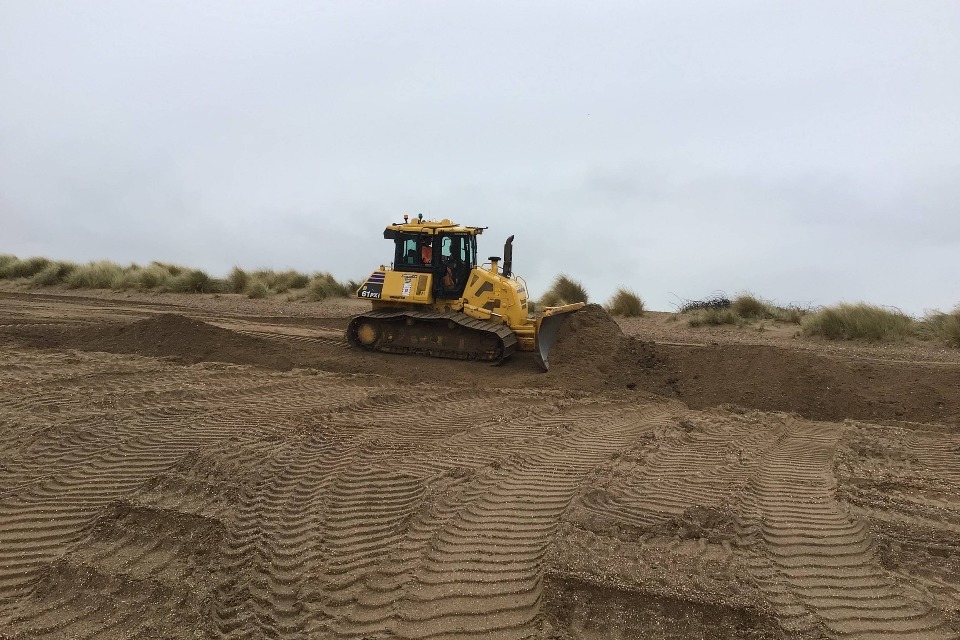
Beach recycling underway to strengthen Norfolk flood protection
UK Government 10 months ago

layersDaily Sustainability Digest
Published about 11 hours ago
The Planning and Infrastructure Act with Royal Assent marks a structural shift in UK sustainable construction. The confirmation of the Nature Restoration Fund embeds environmental sustainability in construction as a financial and design parameter. Developers are being pressed to integrate eco-design for buildings that secure measurable biodiversity gains through sustainable building design and avoid reliance on late-stage offsets. The new framework compels teams to embed life cycle thinking in construction and net zero Whole Life Carbon goals at concept stage, linking green infrastructure and green building materials with demonstrable life cycle cost benefits.
Show MorearticleFeatured News

UK construction – Reflecting on 2025/ Looking ahead to 2026 (part seven)
17 hours ago

OPINION: 'A new reality for UK textile collections - And we can’t afford to face it alone'
2 days ago

MARKET REPORT: Glass, metals, organics, paper, plastics, textiles, wood December 2025
2 days ago

Bristol rejects plans to move to three-weekly bin collections
2 days ago

RePower Ukraine Christmas Campaign to support hospitals facing blackouts and severe cold
2 days ago

'Build, baby, build': Government's flagship Planning and Infrastructure Act enters info...
2 days ago
play_circleFeatured Videos

How Solar Changed in 2025 (And What's Next)
5 days ago

Greenwashing: Tricks & Real Examples of Corporate Deception
6 days ago

Une entreprise vraiment durable est-elle possible? Pièges & exemples
10 days ago

Ana Belizário: ‘Timber should be the material of choice in the global south’
11 days ago

Why Coastal Cities Are Betting on Osmotic Power
12 days ago

Bold, Beautiful and Energy Efficient, Highfield Ave
12 days ago
podcastsFeatured Podcasts

Beyond the Core: Building Data Centers in America’s Next Frontier
2 days ago

Love of a Cold Climate
2 days ago

Eliminating Energy Waste with Smart HVAC Optimization with Brad Pilgrim
5 days ago

Green Leasing Basics: ICYMI
6 days ago

City Transport: Faster, Cheaper, Greener
9 days ago

Tata Power and India's Energy Transition: Balancing Growth and Decarbonization
11 days ago
Get your opinion heard:
Whole Life Carbon is a platform for the entire construction industry—both in the UK and internationally. We track the latest publications, debates, and events related to whole life guidance and sustainability. If you have any enquiries or opinions to share, please do get in touch.
WLC Assistant
Ask me about sustainability











